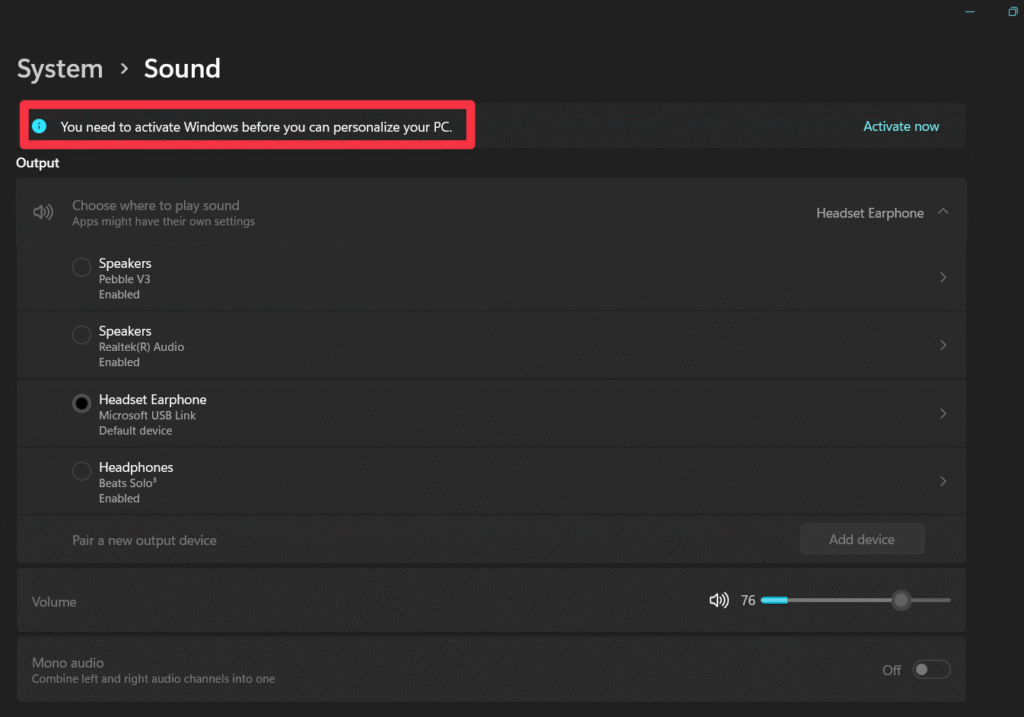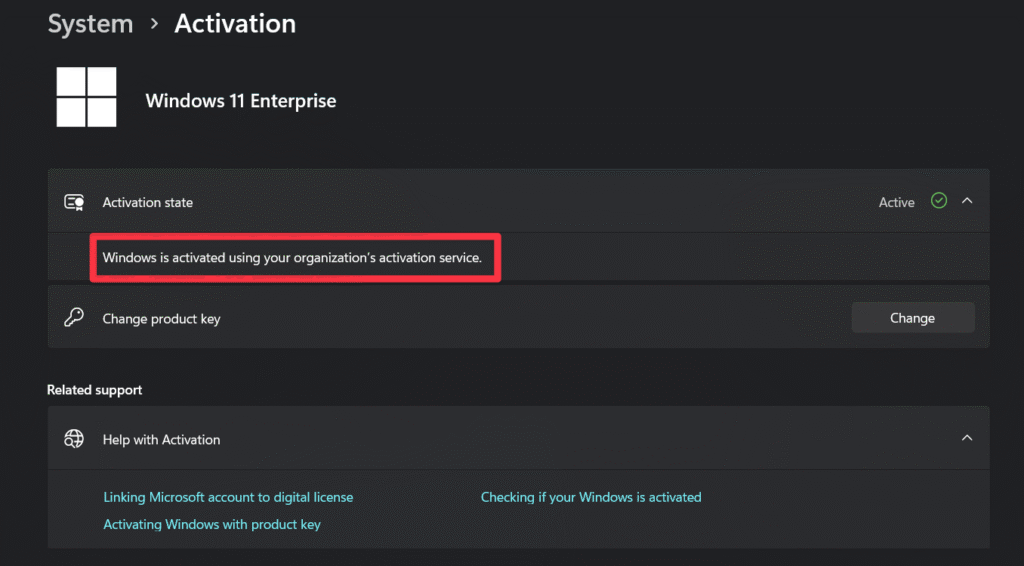What’s going on?
Microsoft has declared that all versions of Windows 10 are end of life as of October 14, 2025. “End of life” means that security updates will no longer be issued for Windows 10 after that date. All devices connected to our Hopkins infrastructure must be able to receive security updates or they are a risk to our data and operations. All Windows systems across all of JHU / JHMI need to be updated to a supported version in advance of that date.
What is WSE IT doing about it?
WSE IT is pushing out an update that will upgrade all machines to Windows 11. The upgrade happens “in place,” meaning that data and programs are left on the machine and only the Windows operating system is affected. Users don’t have to do anything other than reboot their machines when prompted to have the upgrade take effect — the process is very similar to the regular monthly Windows Updates.
Extensive testing inside WSE and across the IT industry has shown this process to be reliable. In fact, WSE IT has done these upgrades before when certain versions of Windows 10 were made obsolete. However, given the large number of devices in the school and the complexity of people’s work, it is inevitable that some portion of the upgrades will be unsuccessful. Because of this we are staggering the rollout across the school population so we don’t overtax our support resources at wsehelp@jhu.edu.
Our testing shows the most common result of a failed upgrade is that a machine just boots back to its old Windows 10 installation and displays an error. If this happens, let us know at wsehelp@jhu.edu and our staff will assist.
All new Windows machines being delivered from WSE IT now come with Windows 11.
Frequently Asked Questions
How do I ask a question, get help, or give feedback?
As always, write to wsehelp@jhu.edu. We really appreciate feedback on how the upgrade went, so we can continue to refine the process for future phases of the rollout.
How long does the upgrade take?
The files are pre-copied to your machine before the upgrade starts, so there is no wait for files to download. Running the upgrade depends some on the speed of your machine and factors like how much software you have installed, but it’s pretty quick — not that much longer than a month where there are a lot of Windows Updates released. After the reboot and when you log back in the machine might feel a little sluggish while some post-upgrade processing happens, but leaving the machine on and plugged in will let that background processing finish up.
I’m busy and can’t do this now.
You can choose when to have the system perform the upgrade by choosing when to reboot — you are in control of the schedule. You can wait to do it at lunch or after hours. We suggest doing it, if possible, during a workday so that wsehelp@jhu.edu will be available to assist if there are problems.
How is Windows 11 different than Windows 10?
Most of the important differences between the versions are not visible to users. For the visible changes between the versions, we did what we could to make things look like they did before. (For example, by default Windows 11 centers the Start button and pinned icons on the screen, but we put them back on the left side where they’ve been since Windows 95 to minimize user disruption. If you prefer the new Windows 11 look, though, you can configure your system with that look.)
Do I need to come to campus to get the upgrade?
No, you do not need to make any special accommodations for the upgrade. WSE IT’s method of distributing this upgrade does not require being on the campus network, either directly or via VPN.
HOWEVER, like all Windows OSes, your system periodically needs to connect inside the JH network to remain licensed. Once you are upgraded, you should connect using the VPN and make sure your system is activated. Until it is activated you may see reminders or limitations on how you can configure your system. A reboot might be needed to have the license activation take effect.
This is stupid / You’re stupid / I hate this:
That’s not really a question, but we understand the reaction. This isn’t an upgrade we take lightly (Windows 11 has been out since 2021, but really didn’t offer compelling enough features for us to upgrade). The core of “why now?” is that when Microsoft stops patching Windows 10, not only do we not get critical updates but the issues that get patched on Windows 11 are a roadmap for the bad guys to know what to attack on Windows 10. Windows 10 will become radically less secure for each patch issued for Windows 11. We can’t have that risk to our data and operations.


